How to clean a fur collar at home?

Fur collars give outerwear a certain solidity and attractiveness, and also additionally insulate the thing, therefore such jackets and down jackets are very popular. But over time, even the best quality fur gets dirty and loses its original appearance.
In order for a thing to serve for a long time without losing its aesthetic and practical qualities, it is important to know how to clean a fur collar at home.

Dry method
It is not recommended to wash fur garments, since when wet, the impregnation is washed off from the material and the appearance of the collar deteriorates. Dry cleaning is a good alternative to regular washing. For such cleaning, the following tools are used:
- Talc. It will help remove greasy stains and dust from the product. With this method of cleaning, the collar must be sprinkled with a large amount of talcum powder, and then the powder must be rubbed into the fur. After 10-15 minutes, the talcum powder must be shaken off the product, and the remains can be removed with a hair dryer.
- Flour. It is sieved into a clean container. The fur must be combed, after which the product must be sprinkled with flour. Next, you need to brush against the pile to distribute the flour over the entire surface. Then rub the flour into the fur in a straight back and forth motion for 5 minutes. After that, the collar must be knocked out and combed with a wooden comb.
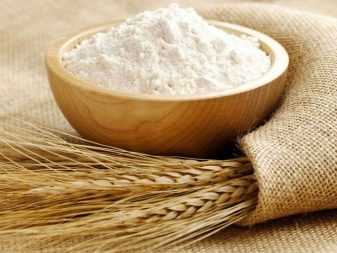

- Starch. With its help, it is convenient to handle collars that unfasten from clothes. The product is placed in a plastic bag and covered with starch. After that, the package must be shaken. Next, the fur is brushed straight through the polyethylene.When the cleaning is completed, the collar is shaken off the starch residues and thoroughly ventilated.
- Bran (wheat or rye). In a non-stick frying pan over low heat, it is necessary to heat, not forgetting to stir, about 350 g of bran. The fur product must be placed on a clean cloth and sprinkled with hot bran. Leading your palms against the pile, you need to rub the product into the fur. Then the product is combed out with a comb with rare teeth.
- Salt and semolina. Loose products are suitable for cleaning short-nap collars. The products are mixed in a ratio of 1 to 1. The fur is sprinkled with the prepared mixture, after which the pile is combed with your fingers and then with a brush.
The semolina and salt, which have absorbed the dirt, are shaken off the collar. The procedure is repeated until the free-flowing mixture stops darkening and rolling.
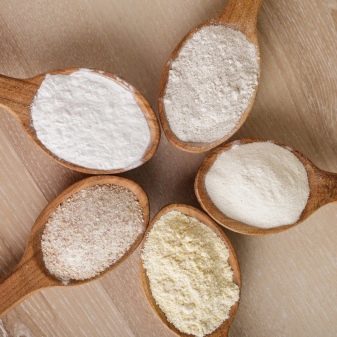
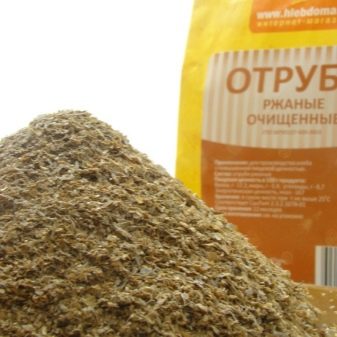
Wet method
Collar with long pile or thick fur lends itself better to wet cleaning. In addition, wet cleaning is more gentle than a regular wash of the product. With this method of processing fur products, the following means are used:
- Dishwashing gel. The detergent is mixed with a little water. The resulting solution is thoroughly whipped, after which a thick foam is applied to the fur with a soft sponge. Then the foam must be removed with a cloth soaked in water. The fur is thoroughly dried and combed.
- Liquid powder for delicate fabrics or shampoo. The method for cleaning the product with liquid powder or shampoo is the same as for dishwashing gel.

- A solution of ammonia and salt... In a glass of water, you must dissolve two teaspoons of salt and a teaspoon of ammonia. The solution is poured into a spray bottle and sprayed over the collar surface. To prevent the solution from penetrating the skin, the product is turned over onto a clean cloth with the fur down and left for 30 minutes. Then the fur is thoroughly wiped with a soft, damp sponge, removing the remaining solution from the pile.
- Petrol. Using a cotton swab, gasoline is applied to the dirt without touching the undercoat. After cleaning, the fur is sprayed with water from a spray bottle. During the drying phase, the fur must be periodically combed.
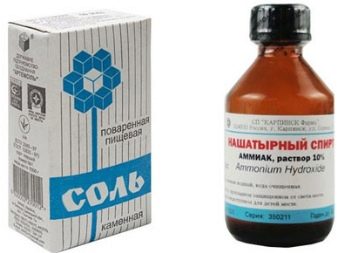
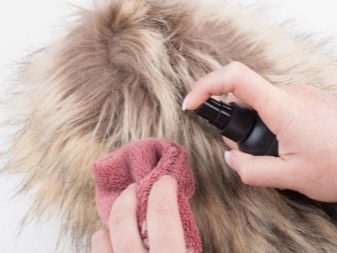
Natural fur
When choosing a means for treating a collar made of natural fur, preference should be given to options suitable for dry cleaning. A full wash can ruin the garment. When cleaning a collar made of natural material, it is worth remembering a few basic rules:
- Artificially dyed fur cannot be cleaned using the wet method. Otherwise, the color of the collar may change or fade.
- The collar must not be dried in direct sunlight or near a radiator or other heating devices. Drying is carried out at room temperature.
- During the drying process, the cleaned collar must be periodically combed - then along, then against the pile. Such actions will allow the pile to maintain its structure.
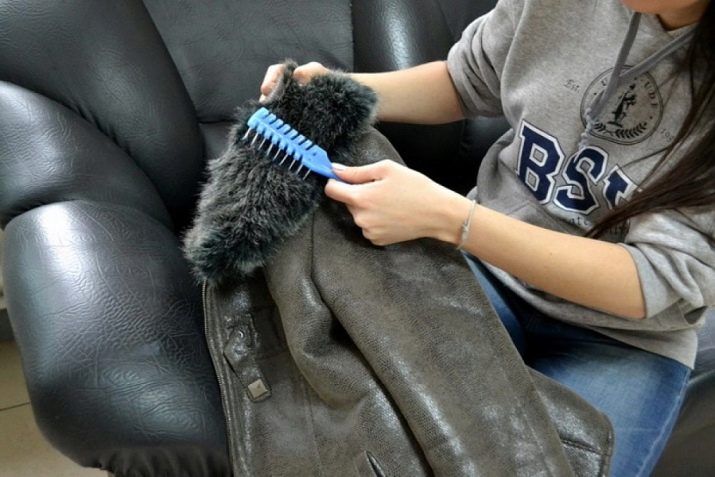
The fox collar is cleaned of dirt with talcum powder or oil-free baby powder. These products are capable of completely absorbing the fat from the arctic fox product, but this method is only suitable for light-colored fur. For dark items, you should use the wet cleaning method - using a cleaning agent or shampoo.
Silver fox fur is cleaned by applying gasoline or foam from detergent and shampoo with a cotton swab in the direction of the nap. After that, the remnants of the applied product are removed from the fur with a damp cotton swab. To clean silver fox products, you can use semolina or starch.
The fur of nutria, otter or beaver is less easy to clean due to the special structure of the pile. The pile of such furs is long, and the undercoat is rather short. All dirt accumulates in the undercoat, making it difficult to remove it completely. You can clean such a product using river sand.
The sand must be heated over a fire and rubbed into the fur in a circular motion.After a few minutes, you need to shake off the remains of the bulk product from the collar.
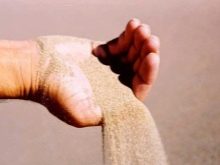
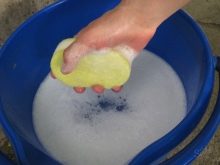
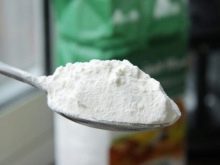
Artificial pile
Faux fur is less delicate than natural fur. The faux fur collar can be hand washed in lukewarm water (30 degrees) and wool powder. The product must be soaked in the solution for 5 minutes, after which it should be rinsed under the shower.
Do not wring out the collar - the water must drain by itself, for which the product must be hung. After drying, the fur needs to be combed.
The faux fur garment can be washed in the washing machine, setting the delicate mode without spinning. A soap solution helps to remove greasy stains from the product. Soiled areas of the collar are treated with a solution of laundry soap, or the product is gently washed by hand.
For stubborn stains, you can use a mixture of petrol and starch. To clean the product from dust, it is enough to use a regular vacuum cleaner.

We remove yellowness
It is almost impossible to remove yellowness from light fur. Even dry cleaners can offer only partial removal of yellow spots and lightening of the pile. At home, hydrogen peroxide will help get rid of yellowness. Water and peroxide are mixed in a 2: 1 ratio. The collar is wiped with a sponge soaked in a solution, after which it is ventilated and thoroughly dried.
Another remedy that is used to remove yellow spots from white fur is potato starch. The collar is sprinkled with starch. Then, within 15 minutes, it is necessary to carry out such movements as if you were washing a thing by hand. After that, the remains of potato starch are shaken off the collar, and the fur is combed out with a special brush.
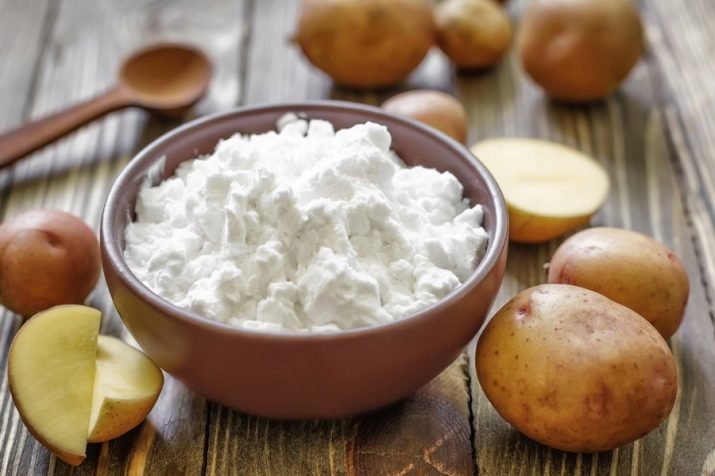
Special means
Many manufacturers offer ready-made kits for the comprehensive care of fur products. Such kits consist mainly of special soap, cleaner and reducing agent. First, heavy soiling is treated with a deep foam soap.
Use a cleaner to remove dirt residues as well as dust and fresh stains. The regenerator is used to protect the structure of the fur. It is recommended to apply the reducing agent to the fur during the period of active wear. (at intervals of two weeks).
The main advantage of such a set is high-quality and gentle fur cleaning. The only drawback is the high cost of professional cleaning products.
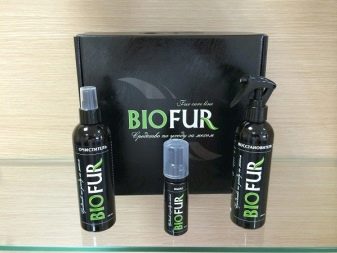

Additional recommendations
To remove dust from white fur and add extra shine to the garment, wipe the pile with a solution of the juice of one lemon in a glass of water. To clean the fur collar from traces of cosmetics, wipe the contaminated areas with a swab moistened with pure medical alcohol.
Gasoline will do a great job with greasy stains.
It should be noted that only highly refined gasoline is suitable for such purposes. You can make a more gentle product from gasoline by mixing it with starch until it is pasty.
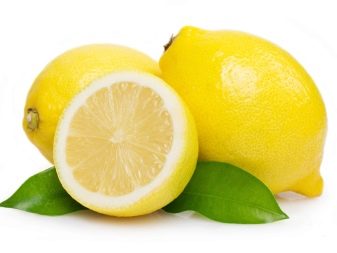

For even more tips on how to clean yellow fur from natural fur, see the next video.








